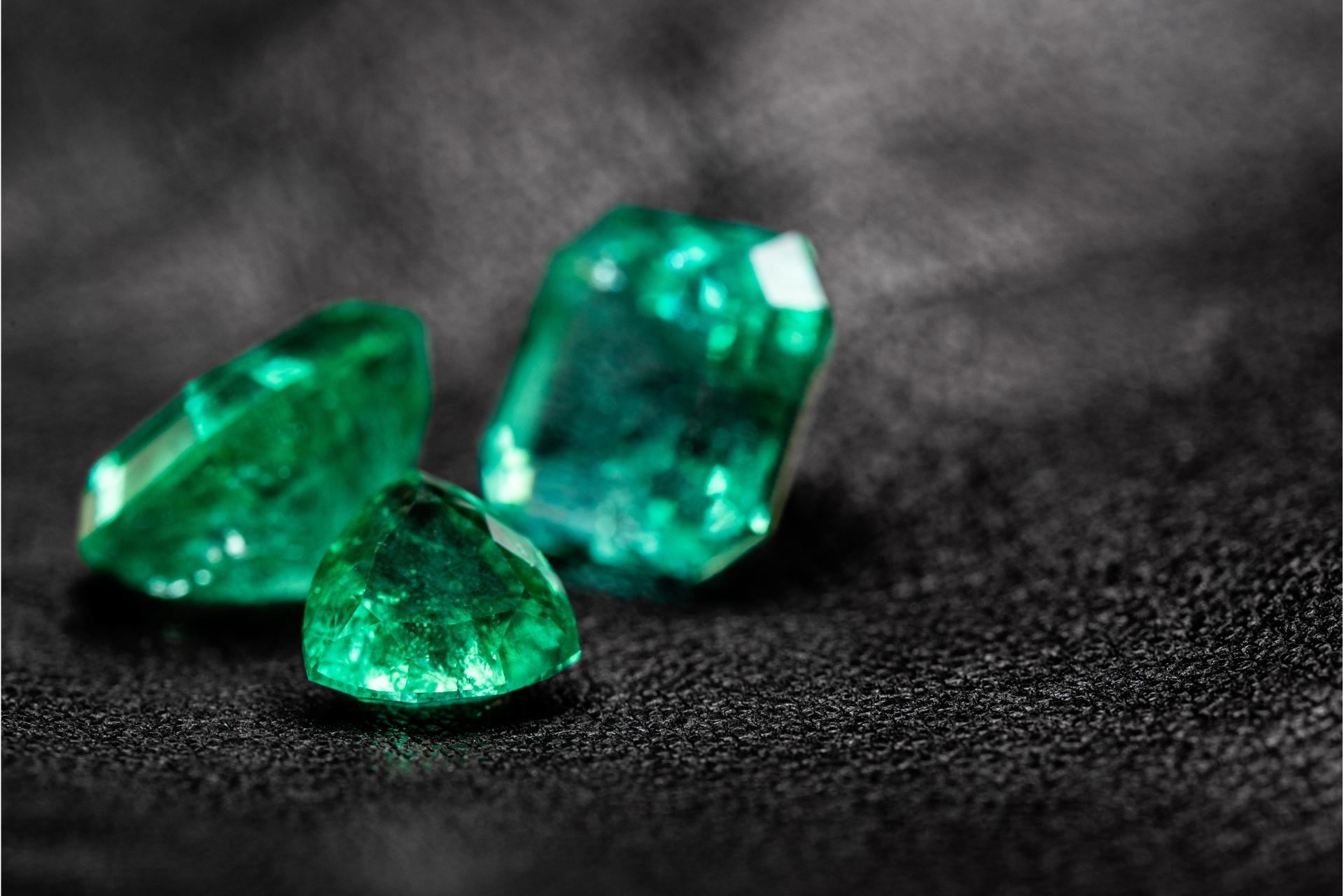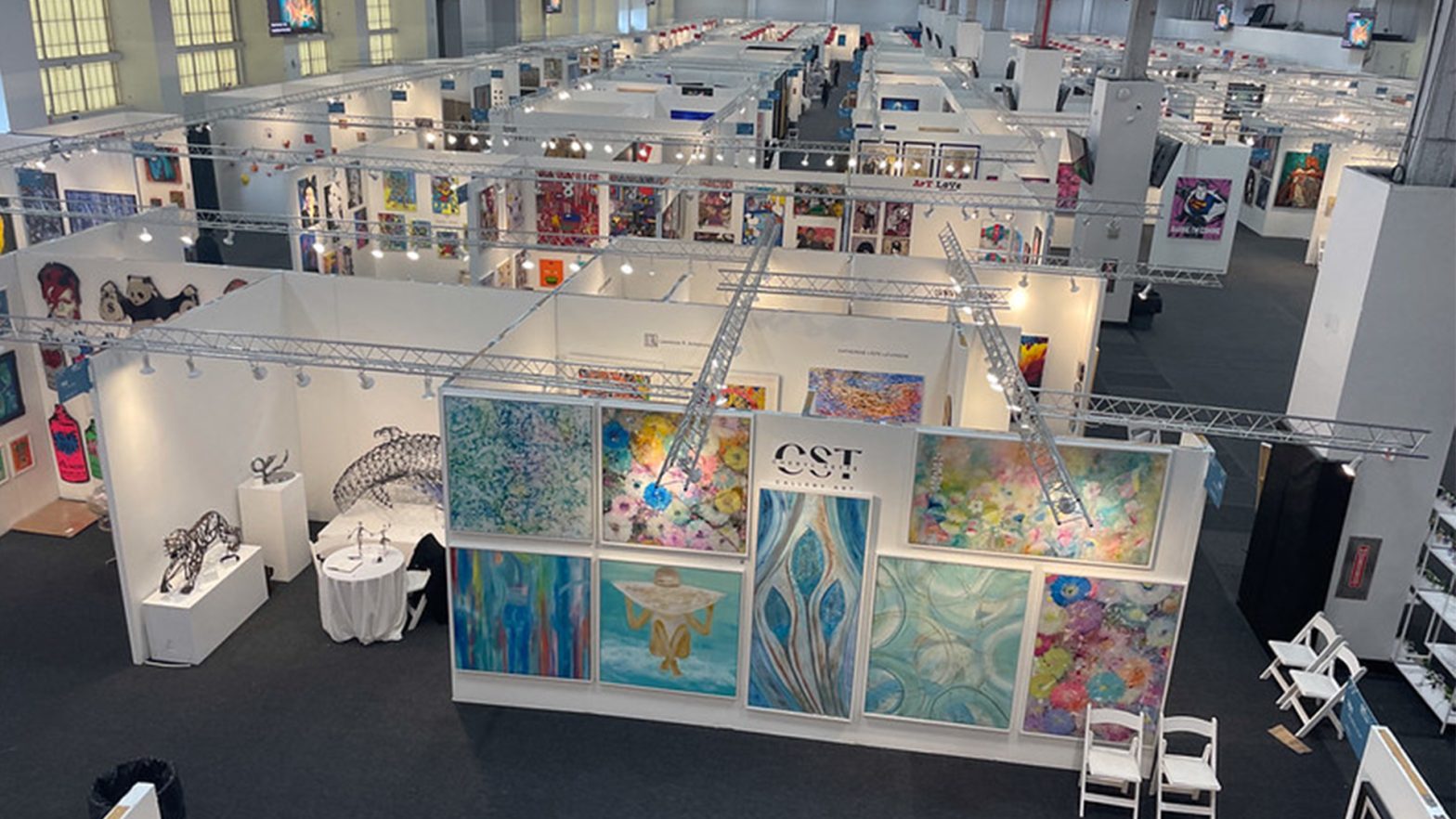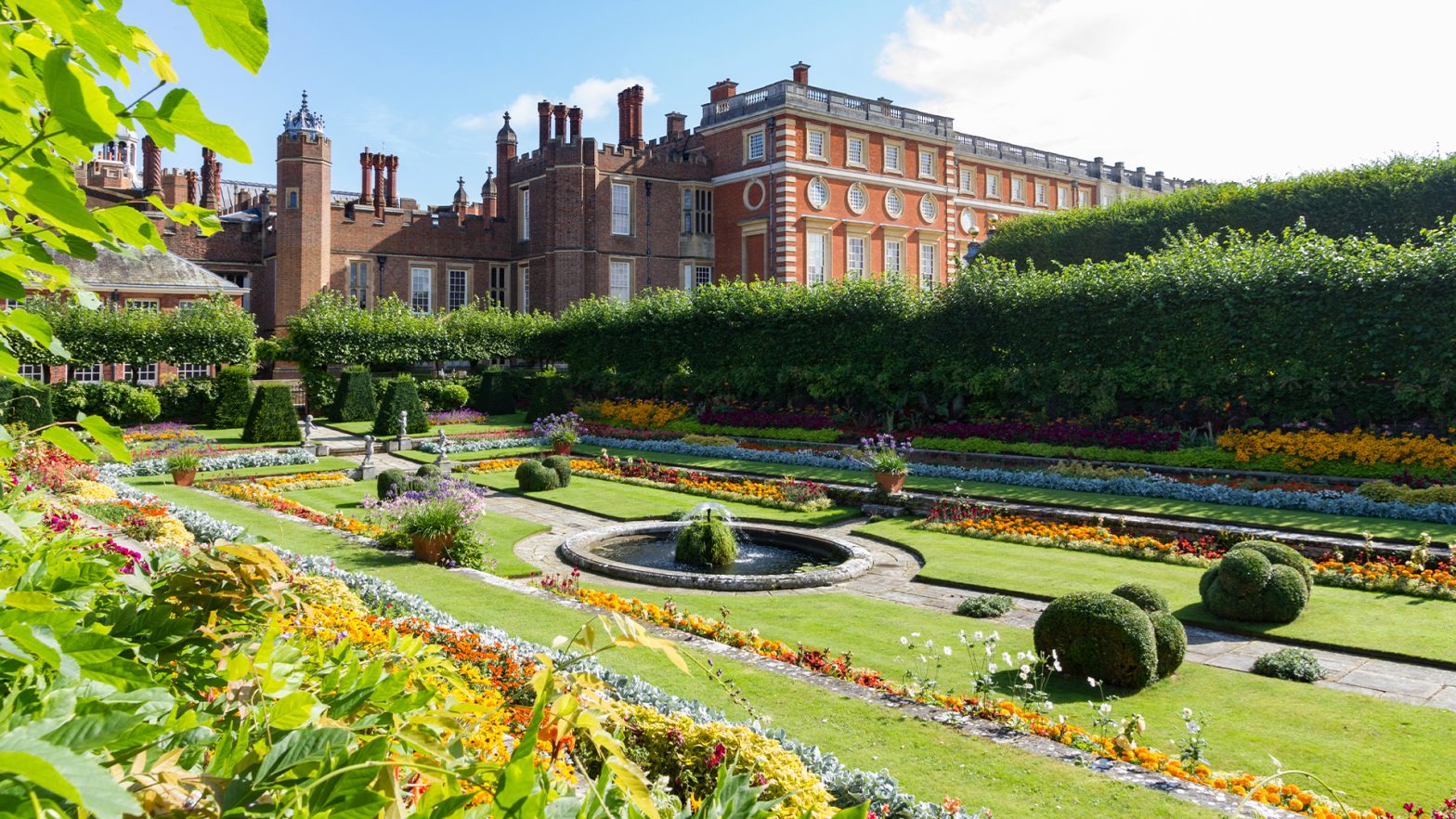
Emeralds are the rarest of coloured gemstones and require more care in wearing compared with ruby or sapphire. A combination of these qualities makes them more expensive and highly treasured. The precious green gemstones are from the Beryl mineral family and additional mineral deposits transform the colourless beryl into a colourful and valuable gemstone.
In recent times, the use of emeralds in engagement rings has been on the rise. Considering how rare these gemstones are, the need for greater production of lab-grown emeralds is also necessary. Is it right to call a lab-grown emerald a real emerald? Can a lab-grown emerald match up to the quality of the mined one? These and more questions about emeralds will be handled in this article.
What are Lab Grown Emeralds?
Natural emeralds are formed when elements such as Beryllium bubble up from the earth into hydrothermal veins. On the other hand, lab-grown emeralds are emeralds that are created in a controlled laboratory environment. In other words, they are emeralds which do not occur naturally.
The laboratory production of emeralds has been on the rise. This is a result of several contributing factors. Top on the list of these factors is the scarcity of natural emeralds.
Natural emeralds are hard to come by. When they are found, it is hard to get emeralds that do not have inclusions. An emerald with too many inclusions makes the gem brittle, making it prone to getting chipped or broken. Lab-grown emeralds were introduced to improve on the flaws of the natural emeralds. With man-made emeralds like the ones by BIRON®, it is now possible for lovers of the gem to own an emerald without the associated faults.
How Are Lab Grown Emeralds Made?
Lab-grown emeralds are created by imitating the process of forming a natural emerald. The only difference, in this case, is that the growth of the gem would not occur in the earth’s crust. Instead, the emerald will grow in a controlled laboratory. Emeralds can be formed by either flux or hydrothermal processes.
Flux Process
In this process, flux is added to a dissolved heated solution of the elements that make emeralds. It is essential to make use of a platinum crucible for the procedure. Afterwards, the mixture in the crucible is heated for as long as the grower wants.
In the flux process, the size of the crystal is proportional to the time that the crystal spends growing. As such, it may take months to grow large crystals.
Hydrothermal Process
The hydrothermal process emulates the heat and pressure conditions under which the natural emerald is formed. The only difference between this and natural processes is that the hydrothermal process does not form freely-grown crystals. Instead, this procedure produces the crystals in an elongated hexagon shape.
Are Lab Grown Emeralds Real Emeralds?
In simple terms, yes! A lab-grown emerald is a genuine emerald. Even though a lab-grown emerald is not natural, that does not disqualify it as a genuine emerald. As a matter of fact, ab-grown emeralds are sometimes preferred to natural emeralds.
Lab-grown emeralds are created under the same conditions as natural emeralds. They also possess similar qualities and characteristics to natural emeralds. With all these, it is impossible to tag the lab-grown emeralds as fake or unreal.
Lab-Grown Emeralds Versus Natural Emeralds
Asides from being real, lab-grown emeralds have become more popular because of certain unique qualities they possess. Some of these are:
They Are Less Pricey
A lab-grown emerald will undoubtedly help you save more. If all you are after is a quality emerald that would serve its purpose without getting worn out, a lab-grown emerald is your choice.
They Are Flawless
Unlike the natural emeralds, lab-grown emeralds do not have inclusions. Some might see this as preferable because inclusions can be seen as flaws. Also, this makes them less prone to being chipped or broken by pressure.
Conclusion
Lab-grown emeralds have all the characteristics of natural emeralds and are still more affordable. They are not fake, so you should embrace the notion of owning a lab-grown emerald.











































